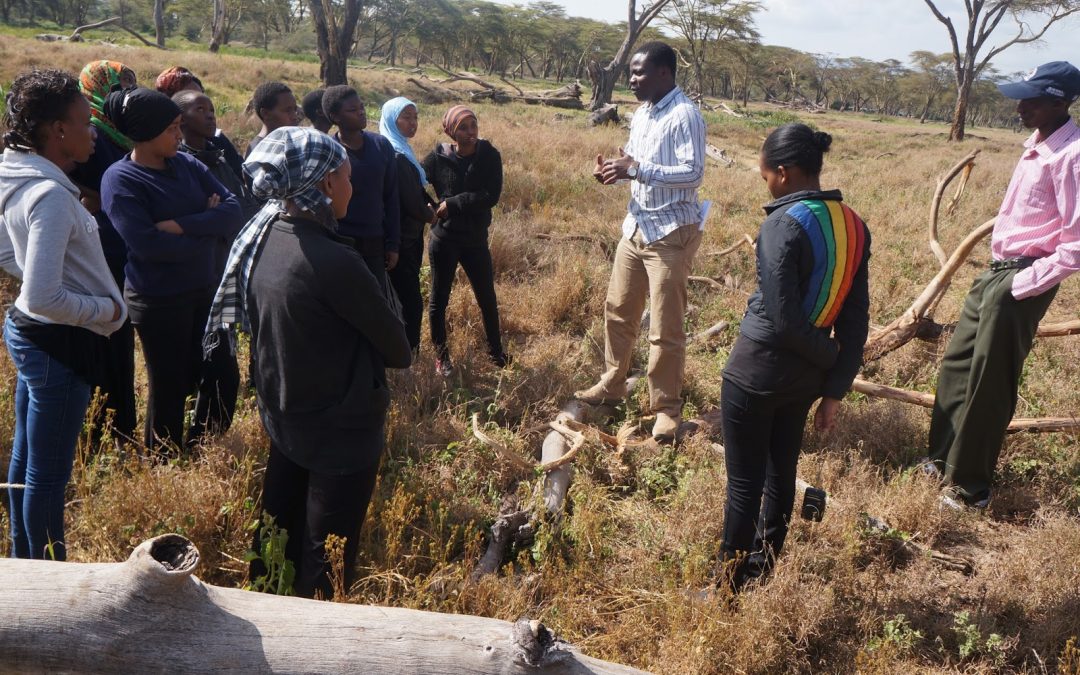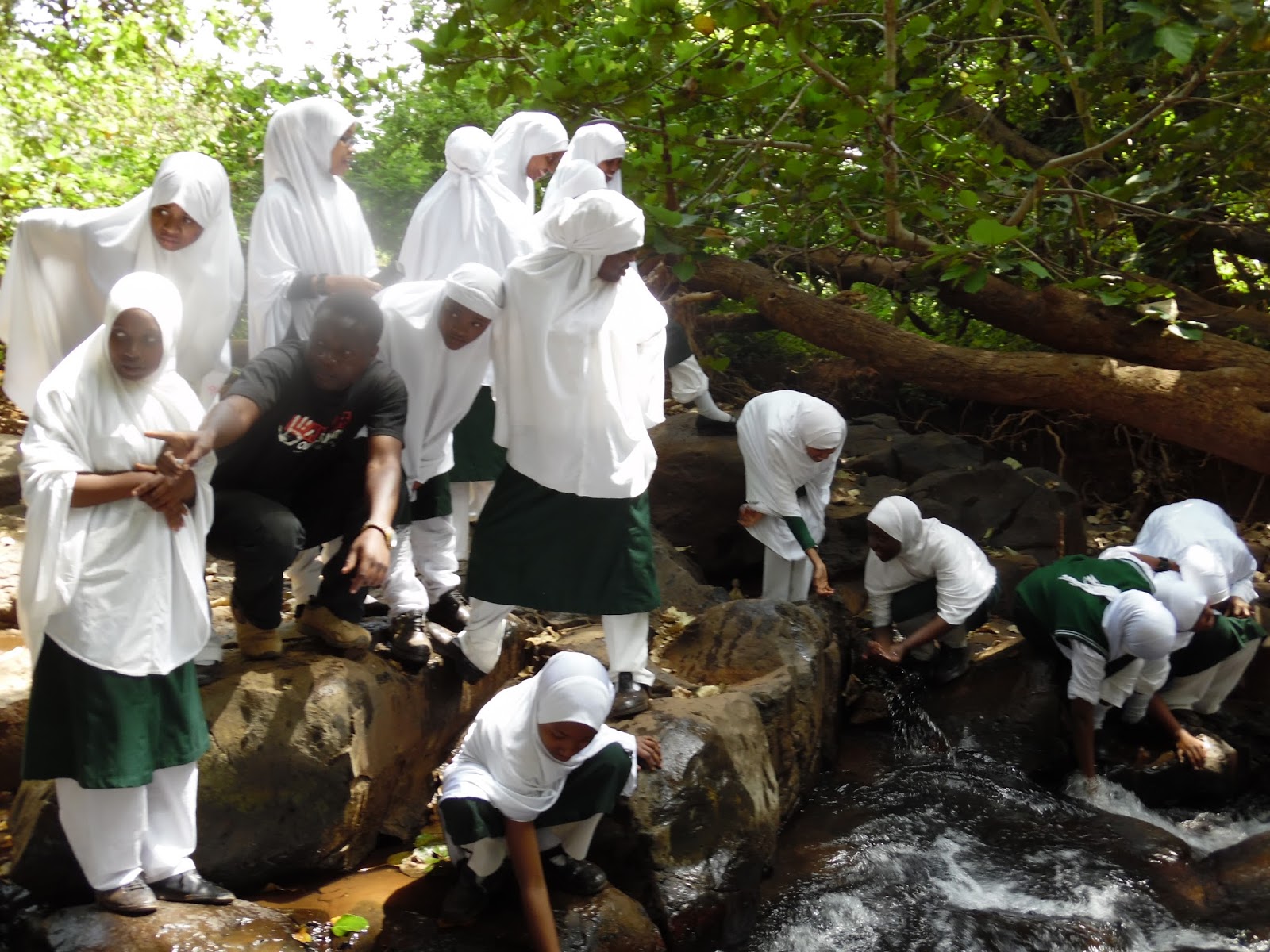Tourism plays a major role in economic growth for countries with wildlife and scenic landscapes. In Kenya, tourism contributes significantly to economic growth, surpassed only by agriculture. Sadly, both tourism and agriculture are very vulnerable to climate change. If action is not taken in time, drought, floods, diseases and other climate change–related disasters will kill both sectors and ultimately Kenya’s economy.
During our Ecotourism and Field Studies excursions, we witness firsthand the ravaging impacts of climate change: the melting snows of Mount Kenya; the dying Yala swamp; the receding Lake Victoria; increased prevalence of malaria; the rapidly declining populations of lions, Grévy’s zebras and ostriches in the African savannah; and submerging islands along the coast, among other degraded lands and lost ecosystems.
The tourism sector is partly responsible for climate change because of the emission of greenhouse gases caused by the burning of fossil fuels during travel and the destruction of forests for luxurious tourist hotels that rely on unsustainable energy. Often tourism also generates waste that ends up in landfills and pollutes oceans with water-related tourist activities.
However, there is a solution: Ecotourism.
Ecotourism is responsible travel to natural areas that conserves the environment and improves the well-being of local people.
Ecotourism offers a perfect opportunity to create environmental awareness, change people’s attitudes toward the environment, educate and sensitize people about environmental issues like climate change, and inspire them to take action.
Students at Rugusu Spring in Isiolo County, Kenya, learn about protection of water catchment areas and the importance of forests.
Some of the lessons relevant to climate change mitigation and adaptation in the tourism sector we share with learners and clients in the field include:
1. Energy conservation: Adopting clean energy in tourist facilities — for example, solar, biogas and energy-saving stoves for cooking, lighting and warming bath water — and switching off lights when not in use help to mitigate climate change.
2. Waste management: Kitchens and restaurants generate a lot of waste. Such waste in landfills generates the greenhouse gases responsible for global warming. Organic waste can be converted to compost or used in biogas digesters to generate energy.
3. Sustainable agriculture: Kitchen gardens next to tourist facilities can absorb composted kitchen waste, supply vegetables and promote organic farming.
4. Water conservation: Closing taps when not in use and installation of press-only taps help minimize waste of water. Water harvesting and storage should be a priority.
5. Protection and management of water catchment areas: Using forests and wetlands, through tree planting, reforestation and rehabilitation, helps ensure water availability as well as increases absorption and storage of carbon dioxide from the atmosphere.
6. Poverty reduction: To curb poverty-induced activities such as charcoal burning and deforestation, proceeds from tourism should be invested in community development.
7. Respect for indigenous cultures: Some traditional beliefs and practices such as totemism contribute toward protection of nature, for example indigenous tree species that play an important role in overall carbon sequestration.
8. Sustainable land use practices: Promote agroforestry and reliance on nonwood forest products such as honey, fruits, fibres, resins, gums and essential oils control loss of forest cover.
9. Pollution: Use of sustainable transport curbs emission of greenhouse gases during transportation of tourists.
These practices can be replicated at home, school and other areas. Ecotourism can therefore be a solution to climate change and a dozen other environmental challenges.
[et_social_follow icon_style=”slide” icon_shape=”rounded” icons_location=”top” col_number=”auto” counts=”true” counts_num=”0″ total=”true” outer_color=”dark” network_names=”true”]



I recommend this tours and travel company any day. Your team is humble.